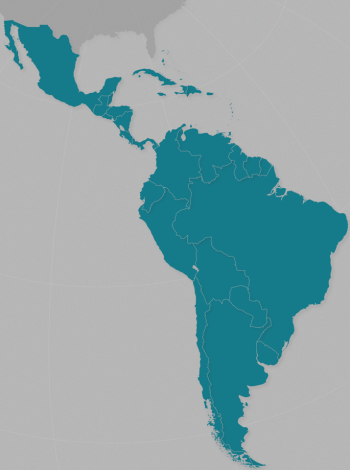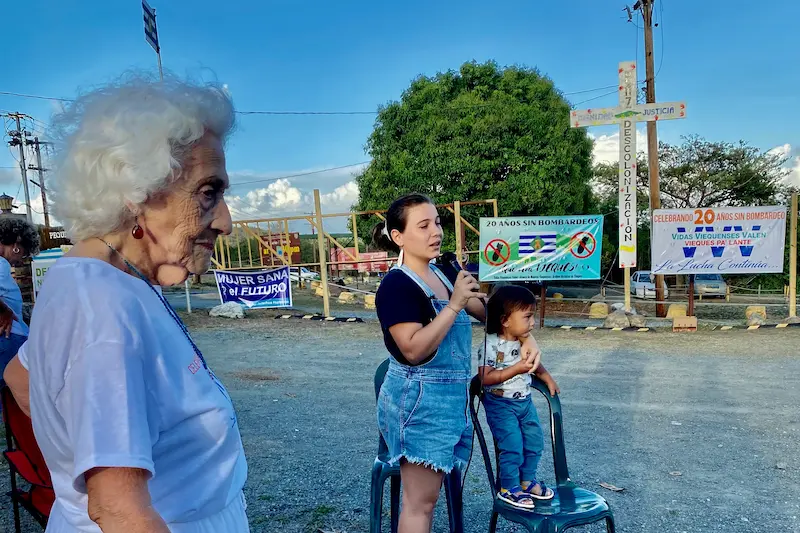A Puerto Rican demilitarization activist reflects on the decades-long struggle to urge U.S. forces to withdraw from the island and the ongoing challenges Viequenses face today.
In 2003, the Puerto Rican island of Vieques won an important victory. After years of citizen-led struggle, the United States Navy ceased using the territory as a testing range for military activities, a practice it employed for more than six decades. Twenty years after the end of the bombings, many debts to the residents of Vieques remain regarding outstanding needs to restore the environment, end lasting violence, and ensure respect for the human rights of the community.
Myrna Pagán is an octogenarian leader who participated in the movement for demilitarization and has lived for decades in the Esperanza neighborhood, on the south side of Vieques. Today, she has children and grandchildren on the island.
Pagán is the daughter of Puerto Rican parents from Juncos and Rio Grande. They met in New York, and her life revolved around visits to Puerto Rico and returns to New York. “I was born in Puerto Rico, in San Juan,” she says. “Before I was two years old, my parents had returned to New York, where I grew up and where I studied until college. I left the city of New York to go to a couple of women’s universities.”
Pagán had an interest in literature and theater. “I studied fine arts, that’s when I started to grow, I think … and I entered a very interesting time in my life when I started to travel to South America, and part of that was always singing or in theater,” she recalls. “Then I visited Vieques for the first time.” A friend “who had trained for the Korean War here in Vieques fell in love with the island,” she remembers. “He quit the Marines and returned to Puerto Rico, and he settled in Vieques.” She then decided to live on the island.
read more: https://nacla.org/how-people-of-vieques-evicted-us-navy


